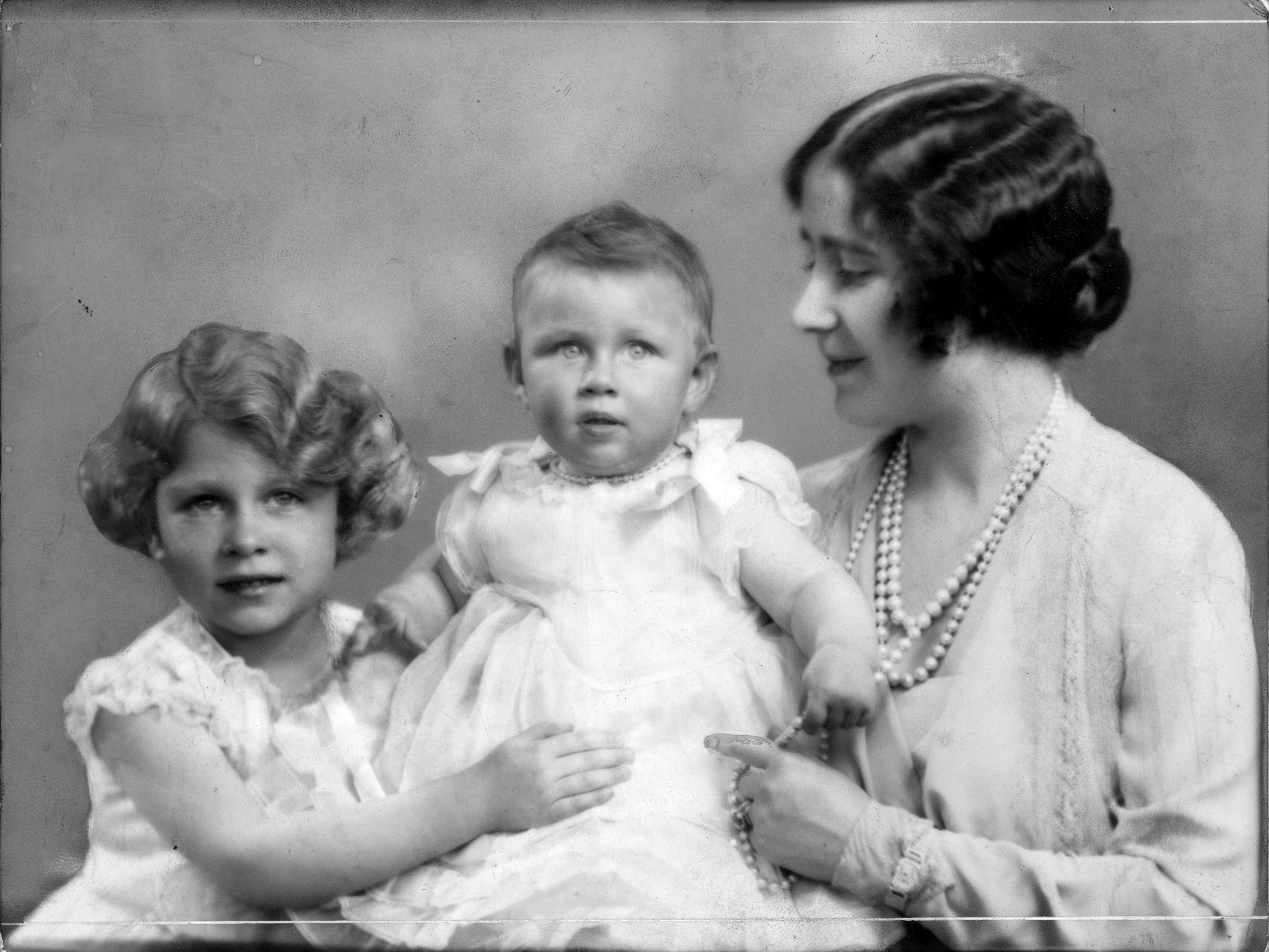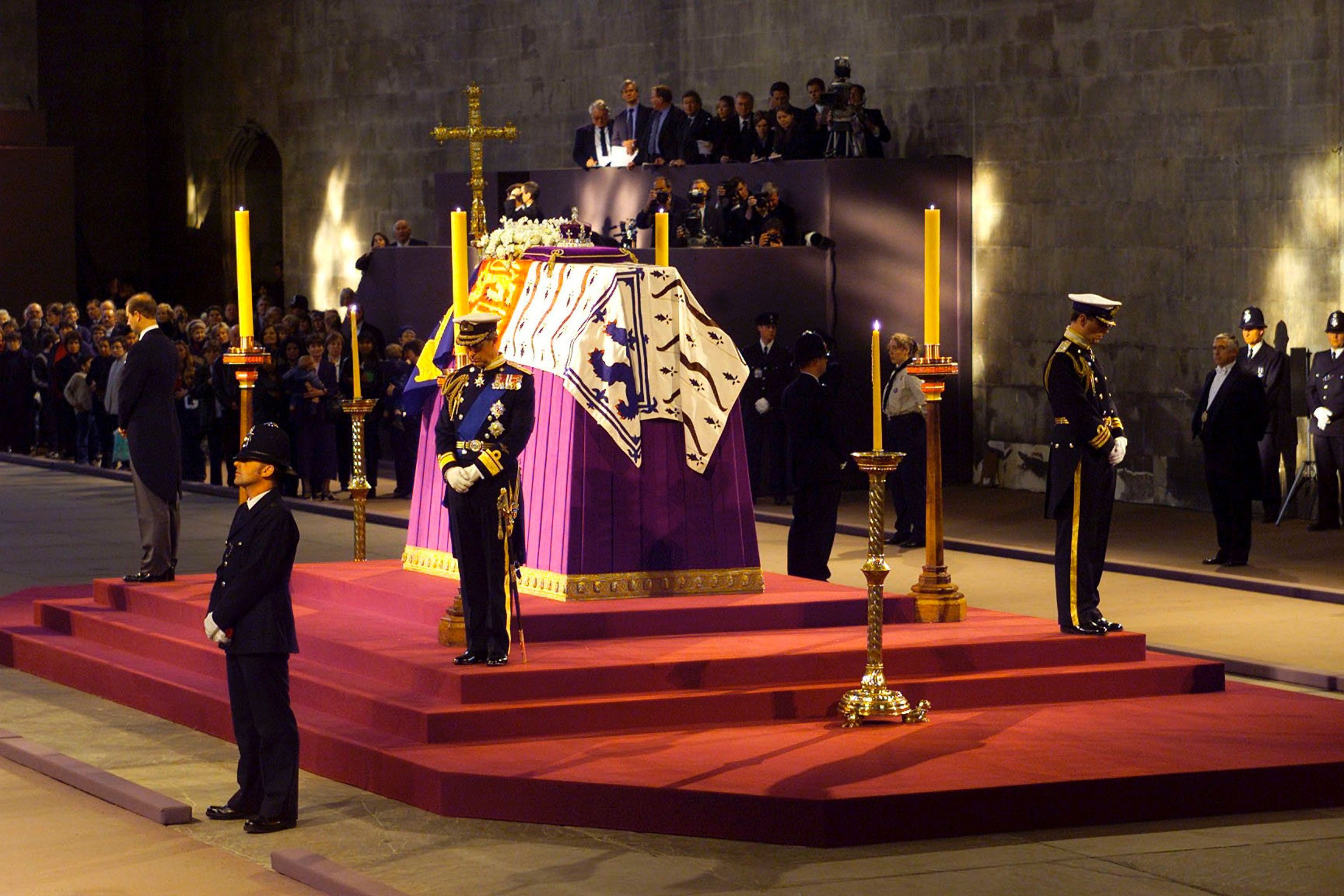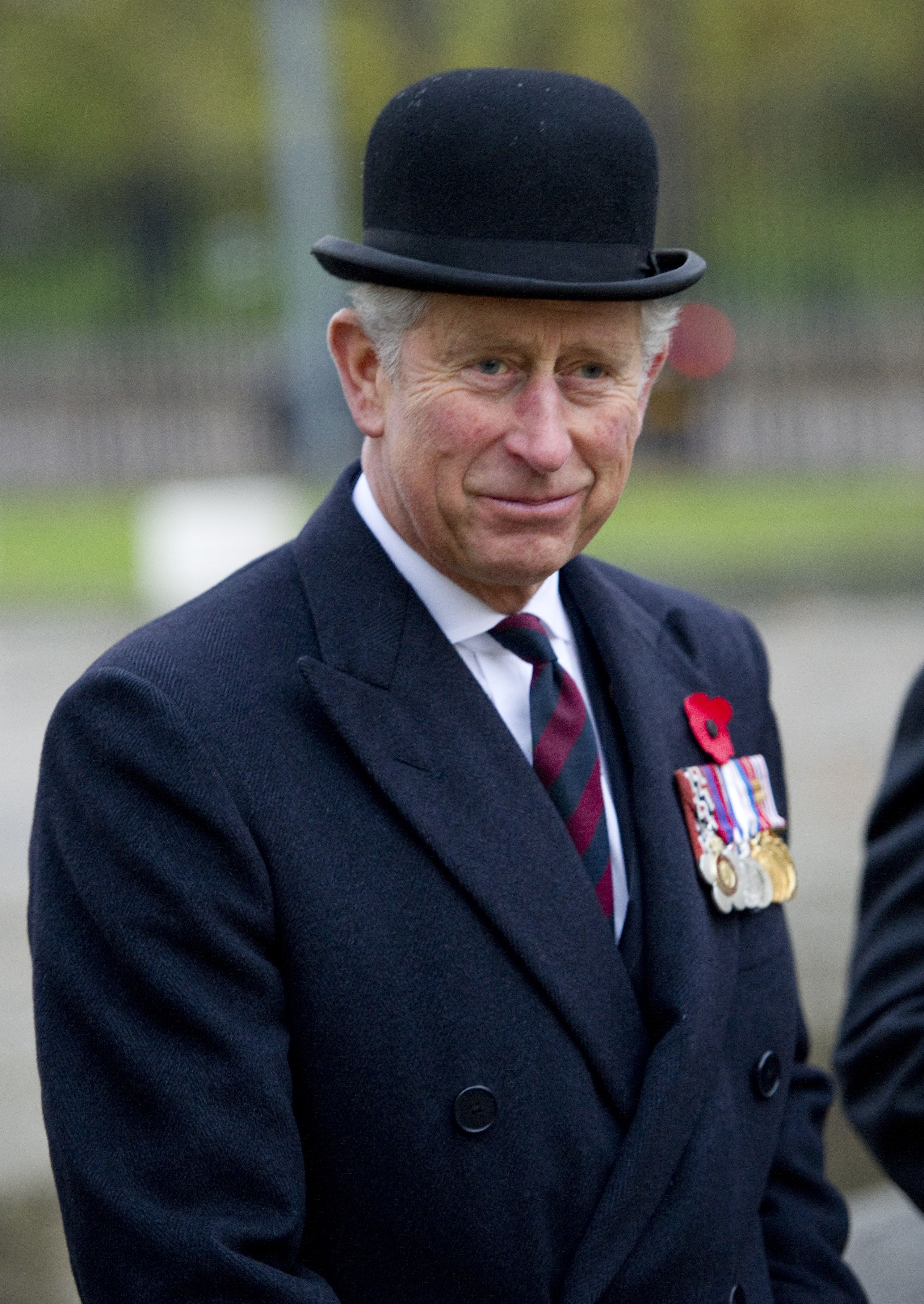
Queen Elizabeth II.Getty
What can we expect from the royal protocols that need to be followed when Her Royal Majesty Queen Elizabeth II dies?
Today Buckingham Palace has released a statement informing the public that Queen Elizabeth is under medical supervision following advice from her doctors. The Queen's close family has been informed and it's been reported that all her children have arrived at Balmoral to be with her.
As the world's longest-reigning monarch, there's an entire generation of people who have never known life without her. But what will actually happen when she dies? What protocol is followed when a reigning monarch dies?
Read more
Well, firstly the nation will go into shock. As the royal biographer, Penny Juror explains, her death will be a "traumatic" event for Britain.
"The Queen is such a tremendously popular figure and during the course of her reign, so much has changed so dramatically," Juror told Town & Country. "There's not an aspect of life that hasn't changed, but the one constant in the midst of this has been the Queen, the rock-solid thing we can hang on to."
But before the general public becomes aware that the Queen has passed, several things have to happen behind the scenes.

circa 1930: Queen Elizabeth, Queen Consort to King George VI with Princesses Elizabeth (left) and Margaret Rose (1930 - 2002). (Photo by Hulton Archive/Getty Images)
London Bridge Is Down
Once the Queen has passed, Operation London Bridge begins. As we learned from The Crown, the death of Elizabeth's father King George VI was known as Hyde Park Corner while that of the Queen Mother was Tay Bridge.
So, once London Bridge is down, the Queen's private secretary Sir Edward Young, KCVO will be responsible for informing the Prime Minister before the information is released to the 15 other countries where the Queen is head of state and the rest of the 36 Commonwealth nations. This is done by the Foreign Office’s Global Response Centre which is housed at an unknown location in London.
Prince Charles of Britain stands in vigil at the coffin of his grandmother the Queen Mother as it lies in state April 8, 2002 in Westminster Hall, London. The Queen Mother's funeral is scheduled for April 9, 2002. (Pool Photo/Getty Images)
The first time the public becomes aware of her death is when a notice is placed on the gates of Buckingham Palace. All staff will wear a black armband on the left arm, which must measure three-and-a-quarter inches wide.
A statement will then be released to the Press Association and other news outlets. At this stage main TV channels will pull regular programmes and newsreaders will wear black suits and ties. DJs on-air will see a blue light flash, which means to cut to news ASAP. And blanket coverage will begin.
The press scramble
At ITV and Sky, staff has used the codeword, Mrs. Robinson, for years to refer to the death of the Queen. And once the news is public, news outlets will release ready-made stories about her life, reign, and legacy. While the scramble for space at all main locations will begin. Specific spots next to Canada Gate, at the bottom of Green Park, have already been agreed by BBC, ITV, Sky, and others.
King Charles III
As soon as Queen Elizabeth dies, Prince Charles will become king. He is permitted to choose his own name, and is expected to become King Charles III. At this stage, a meeting of the Accession Council will take place at St James' Palace and all formalities will take place. He will be named King one day after the Queen's death and after his siblings have ceremoniously kissed his hand. Proclamations will be made and while the Queen lies in state, Charles will visit Scotland, Northern Ireland, and Wales. His first words as monarch will take place at St James's Palace.
Prince Charles, Prince of Wales, Colonel in Chief of the Welsh Guards attends a remembrance service at the Guards' Chapel on November 14, 2010 in London, England. Prince Charles met service personnel at the Welsh Guards Museum and laid a wreath at the Guards' Memorial during the Welsh Guards Regimental Remembrance Sunday ceremony. (Photo by Arthur Edwards/WPA Pool/Getty Images)
The coronation of King Charles III will be planned a few months after the funeral, and the title of Prince of Wales will move to Prince William, although not immediately.
Before the funeral
There will be an expected 10 days between the Queen's death and her funeral during this time her body will remain at Buckingham Palace so the family can spend time together. She will then be moved to Westminister Hall where she will lie in state for a number of days so the public can pay their respects. More than 200,000 people visited the Queen Mother's body in 2002. And then, on the 10th day, the Queen's body will be moved to Westminister Abbey for a state funeral. The funeral will be attended by state officials from all over the world and will be coordinated by the armed forces and Government.
On the day of the funeral
The country will be given a national day of mourning, (including the stock market) and Big Ben will chime at 9 am on the day.
The crown jewels will be cleaned that morning. Before the coffin arrives at Westminister Abbey at 11 am, and the country will fall silent.
What if the Queen dies at Balmoral?
If the Queen dies while in Balmoral, things change slightly. Her body will be moved to Holyroodhouse in Edinburgh and then carried up the Royal Mile to St. Giles Cathedral for a funeral service. By then the public will be notified and will likely line up to throw flowers at the Royal Train, which will carry the body back to London for the burial service.
And if the Queen dies abroad, a coffin will be flown out to her. In fact, royal undertakers, Leverton & Sons, keep what they call a “first call coffin” ready in case of royal emergencies.
* Originally published in August 2019.





Comments